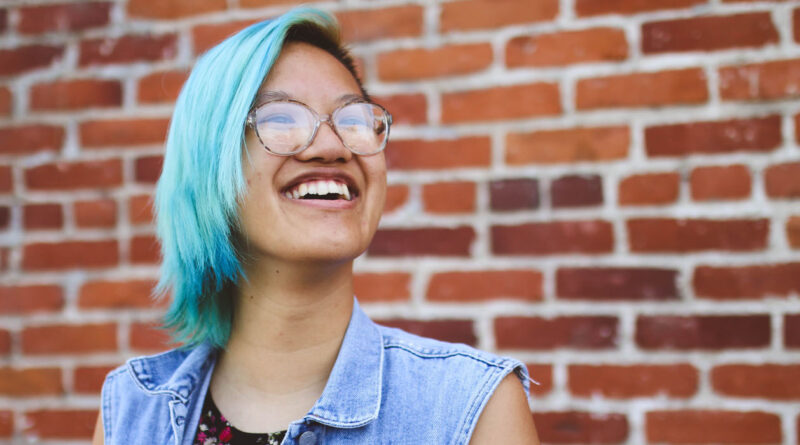SDAFF Southeast Asian American Journeys: A Conversation with Director Quyên Nguyen-Le
By Cesar A Reyes
Filmmaker Quyên Nguyen-Le didn’t set out to tell a single story. In fact, Southeast Asian American Journeys, the documentary project they produced and partially directed, was designed to hold many stories—stories across cultures, generations, states, and lived experiences. Spanning five U.S. states and involving a tapestry of Southeast Asian American communities, the project honors personal memory, queer identity, cultural tradition, and the unfinished business of history.
“This project has five different parts,” Nguyen-Le explains. “Three of which I directed and two of which were directed by other directors, Joua Lee Grande and Oanh-Nhi Nguyen.” The idea, originally sparked by a collaboration between the Center for Asian American Media and the nonprofit Southeast Asia Resource Action Center (SEARAC), was to commemorate 50 years since 1975—an inflection point marking the end of the Vietnam War, the beginning of the Cambodian genocide, and the aftermath of U.S. intervention in Laos.
“These are all sort of interconnected events,” says Nguyen-Le, “that led to a mass migration of Southeast Asians to the U.S.” The series, slated for release around the 50th anniversary in 2025, brings those histories into intimate focus through everyday objects and moments: VHS tapes, bustling marketplaces, the hands of Hmong farmers.
Nguyen-Le’s own connection to personal memory helped shape the visual storytelling of the film. “My father had his little VHS camcorder, and he recorded all of our family history,” they recall. “That’s often considered private family memory…and that contrasts so much with what I call history with a capital H.” That contrast between the lived and the documented, the personal and the political gave rise to a unique visual style. “The series of films are all in four-three [aspect ratio], or have that VHS feel, even though it’s shot on digital,” Nguyen-Le says. “We wanted to play with this idea of home video—how do you reconcile family history with the more American narrative that often doesn’t even recognize that you were a part of it?”
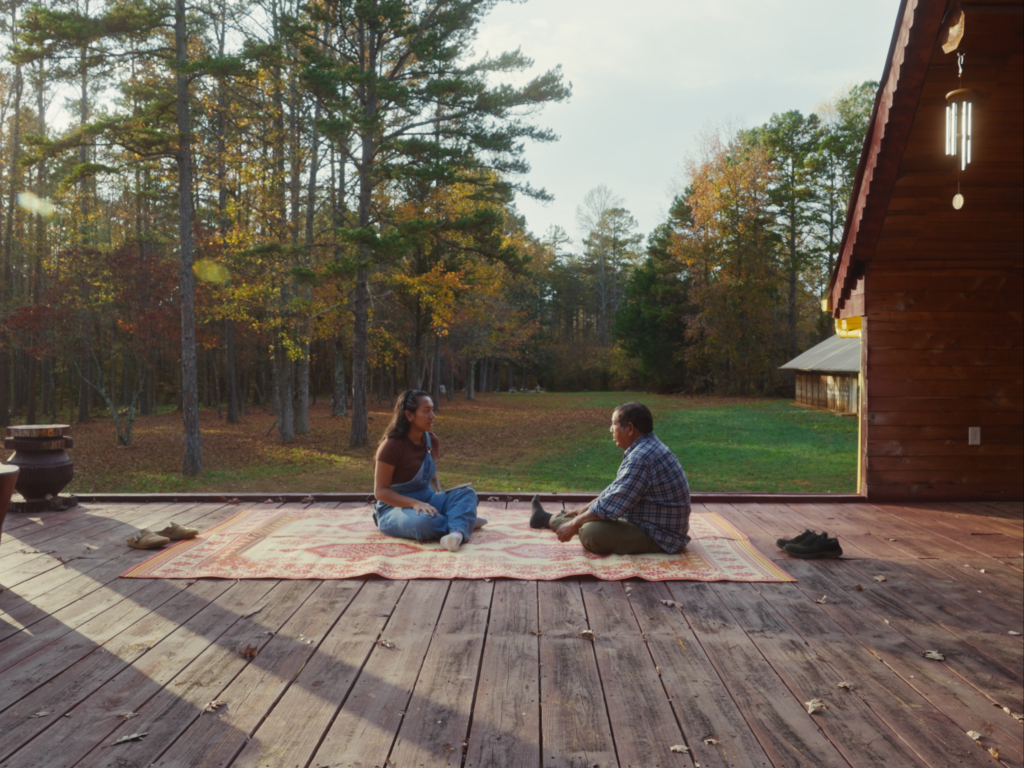
But the intimacy of Journeys isn’t just visual, it’s also deeply rooted in language, lineage, and cultural continuity. One of the foundational ideas behind the project was intergenerational storytelling. “Our elders are often not really highlighted in media. They’re talked about but not really from their own words,” Nguyen-Le says. “We’re all second generation—born outside of Vietnam or Laos. So language access became a huge part of the process.”
The multilingual nature of the project featuring English, Vietnamese, Hmong, Khmer, and other Southeast Asian languages required not only translation, but careful intention. “How do we bring the right people into the room so that these conversations can happen?” Nguyen-Le reflects. “That became part of our ethos: building knowledge about who you are and where you came from.”
Nguyen-Le also highlights the crucial role of queer voices—both in front of and behind the camera. As a queer Vietnamese American, Nguyen-Le has long explored the intersections of cultural identity and queerness in their work. “It just felt natural to have this as part of the film,” they say. “My own identity has always been intertwined with knowing about my cultural history. I felt like I was both inside and outside of it.”
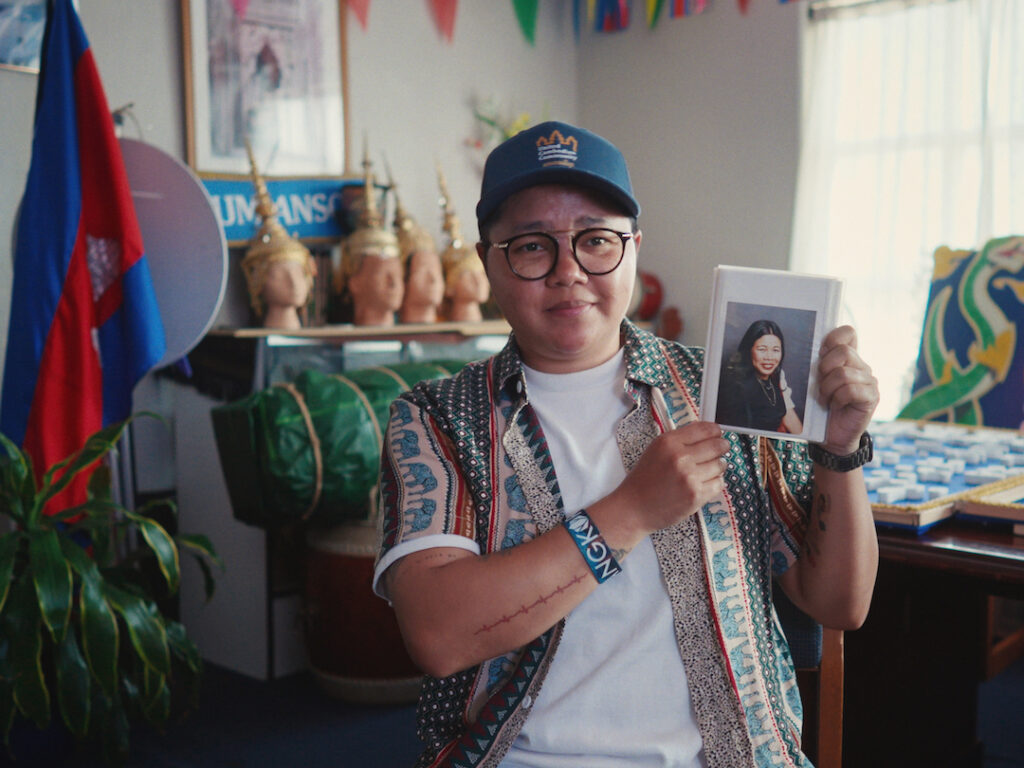
And the crew reflected that ethos. “Even if the film wasn’t only about queer stories, it had a queer lens,” Nguyen-Le notes. “I’m proud that our crew was mostly women, queer people, people of color…there’s just a certain awareness that comes with that.”
That awareness opens up new conversations about cultural inheritance and belonging, especially for queer folks who may have complicated relationships with their families. “I had peers growing up who would say things like, ‘My mom’s the only one who makes this food, but I don’t talk to her anymore, so I’ve lost that connection,’” they share. “It shows how culture isn’t just passed down. It’s something that can be interrupted, lost, or remade.”
Nguyen-Le wants audiences to see that LGBTQ+ people aren’t outside of tradition—they’re shaping it. “We often think queer people are ‘new’ or ‘modern,’ and our parents are ‘old school.’ But there are queer elders in our communities. They’ve been here. They’ve been doing their thing. We just don’t always know about them because they’ve been erased.”
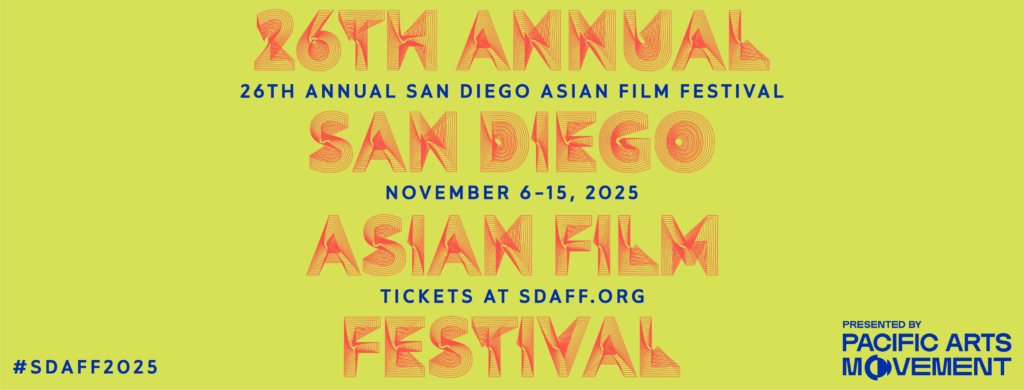
The film’s inclusion in events like the San Diego Asian Film Festival, where the work is shown alongside other narratives and not just in “queer blocks” is part of that visibility. “It’s important that we’re not put in a little corner. Queer people think deeply about culture and history too. This film is an offering—not just to explain ourselves to others, but to speak to each other, and for ourselves.”
And at a time when LGBTQ+ communities, especially trans youth, are under legislative and cultural attack, Nguyen-Le sees this work as more urgent than ever. “There’s this tremendous backsliding. We’re being erased in some places,” they say. “This film is a way of saying: we’ve been here before. We’re still here. And we’ll be here in the future.”
So, what does Nguyen-Le hope audiences walk away with?
“For people who aren’t Southeast Asian American, I hope they come away with a deeper understanding of our diversity—and how we’re thinking about ourselves here in the U.S.,” they say. “And for Southeast Asians, I hope it’s a way to understand our commonalities across histories that were so intertwined, but communities that often don’t know each other.”
While the themes of war, loss, and trauma are certainly present, Nguyen-Le assures the film isn’t all sadness. “It has so much joy in it. There’s the full range of emotions.”
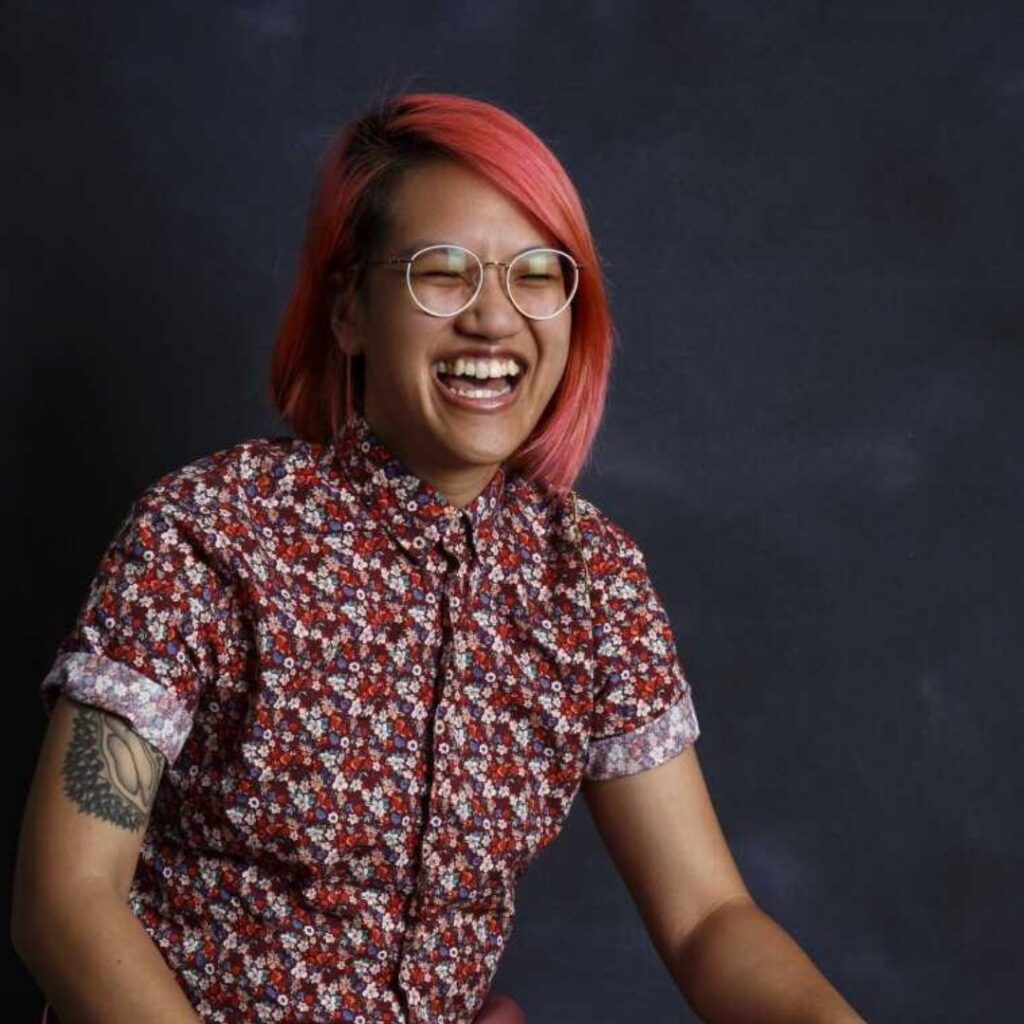
If there’s one word that encapsulates Nguyen-Le’s vision for this project, “The WORD is undercurrent.”
“I’m drawn to it because of its metaphorical ties to the ocean,” they say, “which is how my parents came here: as boat refugees. There’s something about an undercurrent… it’s not always visible, but it shapes everything. That’s how I see myself. That’s how I see this work.”

